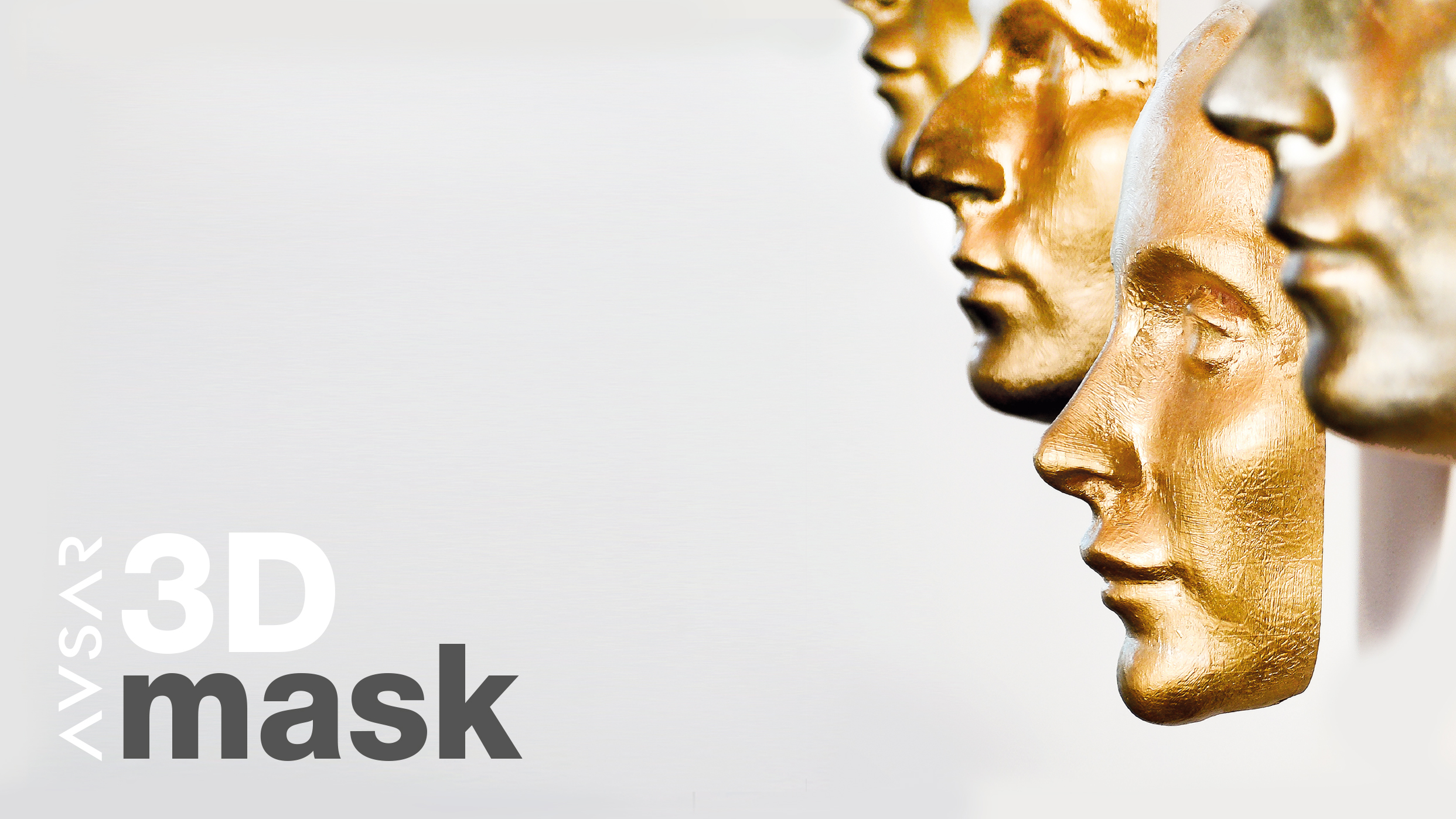3D MASK AESTHETIC SURGERY

3D printing is going to open up new opportunities in aesthetic surgery. A few years ago Yakup Avsar M.D. presented 3D printed masks to simulate the results of rhinoplasty before the operation takes place. The 3D printer generated 2 prints, one before the operation and the other after the operation provides patients with a better understanding of what the surgery can offer them, whilst also enabling surgeons to explain to them the possibilities and limitations of the surgery.
This procedure can be performed for every part of the human body such as the nose, face, breast, buttock, and calf.
3D Mask Rhinoplasty
Rhinoplasty is a facial plastic surgery procedure that reshapes the nose. Patients like to see their probable ‘after surgery images’ and to date, there have been many techniques to perform this. Two and 3D simulation techniques on the screen provide a lot, but 3D ‘before and after’ masks are the last ones that were innovated by Dr. Avsar.
Dr. Avsar likes to give his patients a clear picture of how their nose surgery will change their appearance. For many years, he has been hand-making three-dimensional physical models to achieve this, however with the advent of 3D printing, he has been able to more clearly show his patients what they could look like post-operatively. Once he watched a demonstration of 3D scanning and printing technology, his wheels started turning. He surmised that it would be possible to scan the face of a patient, easily sculpt that 3D image in CAD tools, and finally produce a mask.
When the patient comes in, their face is 3D scanned using special software. A digital sculpture is made to areas of the face where surgery would alter their appearance.ÔÇĘ The final image represents what the patient could likely look like after modifications are made in the operating room.ÔÇĘ The ‘before and after images are then sent to the 3D printer. The face masks are then printed out in color.
3D Mask Mammoplasty
In addition to the simulation capability, these masks provide us with another opportunity, which is crucial: these masks are exact indicators of the body surface without deforming the anatomical texture. They are scaffolds or shells that express the volume of the body part when filled with a fluid in the same gravity as that of the part. This is important for augmentation or reduction procedures. Especially in the case of breast augmentation, it helps to define and check the volume of the implant and the breast.
The patient’s breast area is scanned before surgery and the ‘after’ mask of the breast is prepared with the help of CAD tools. Just before the surgery, the patient can wear the mask like a bra and discuss the desired volume with the surgeon. Then the masks are sterilized to be used as volumetric check tools in the operation theatre. This helps the surgeon to get better results for the desired breast volume.
_____________________________________________________________________________________________________________________________



